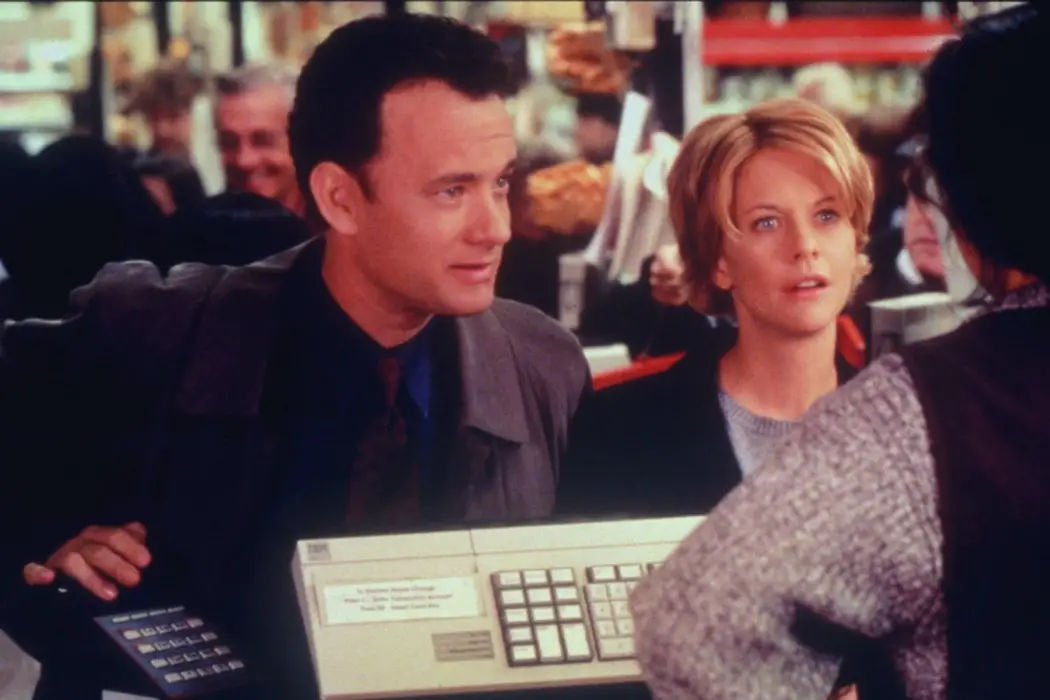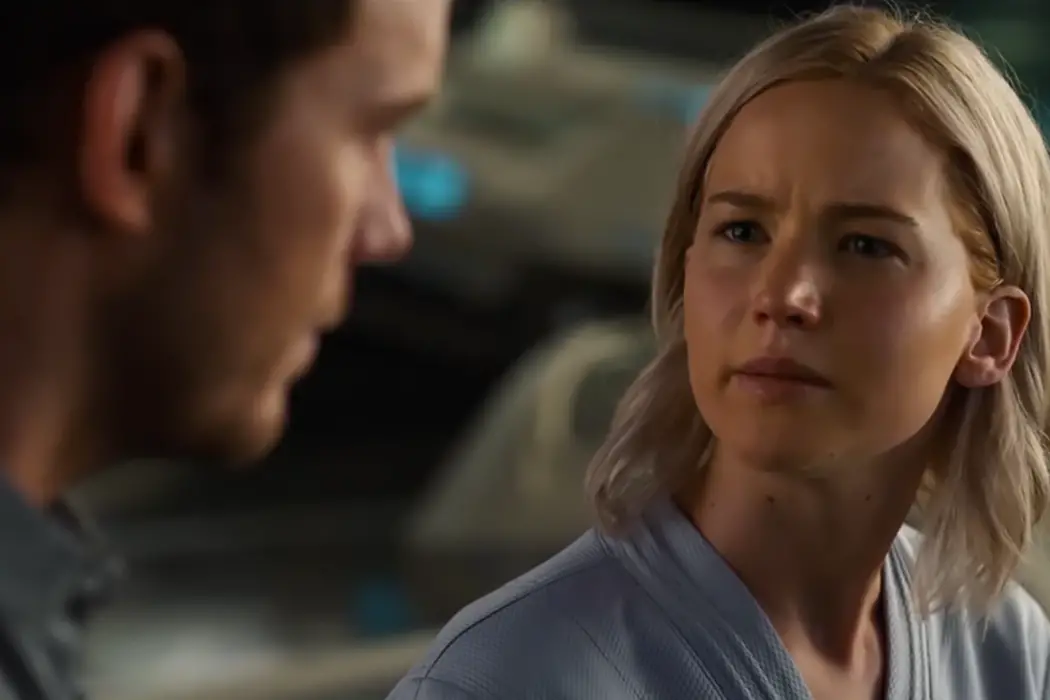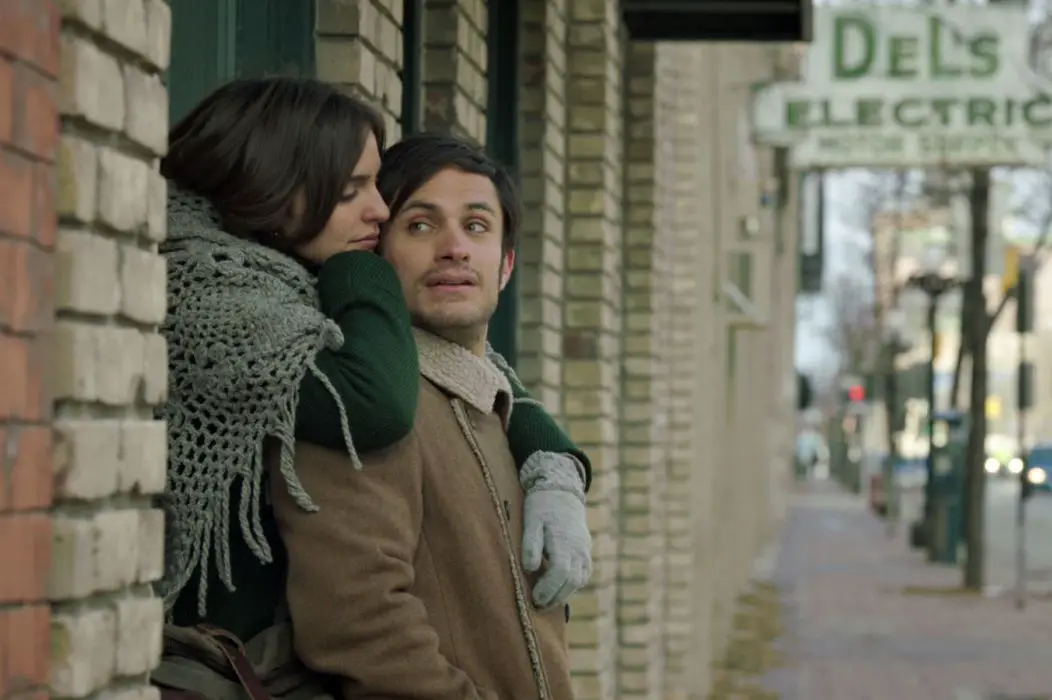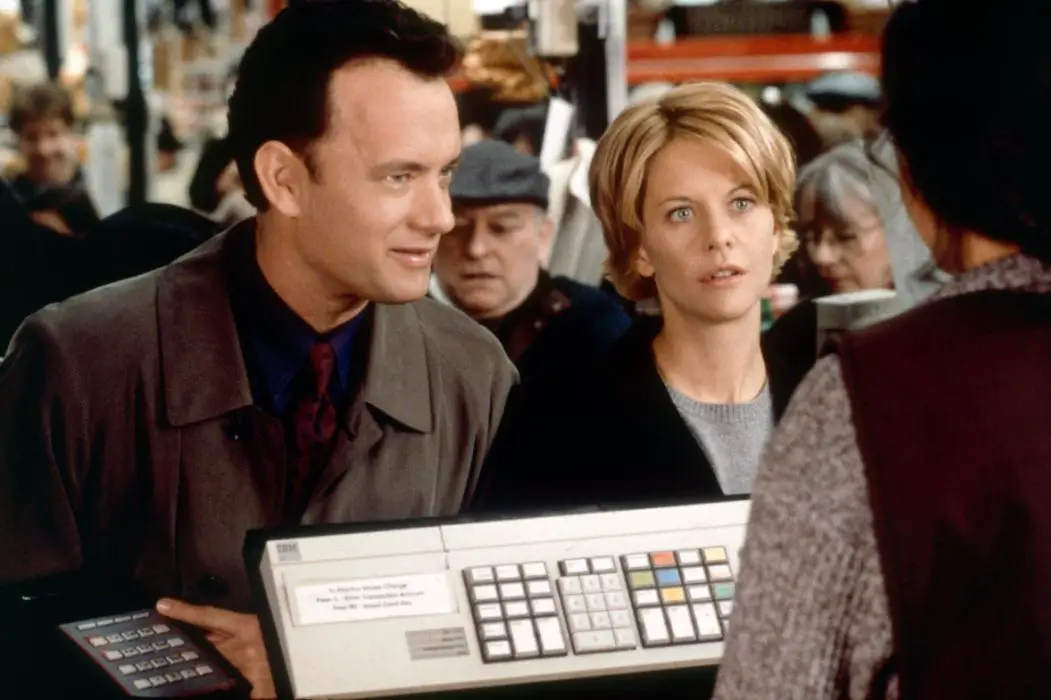sexism
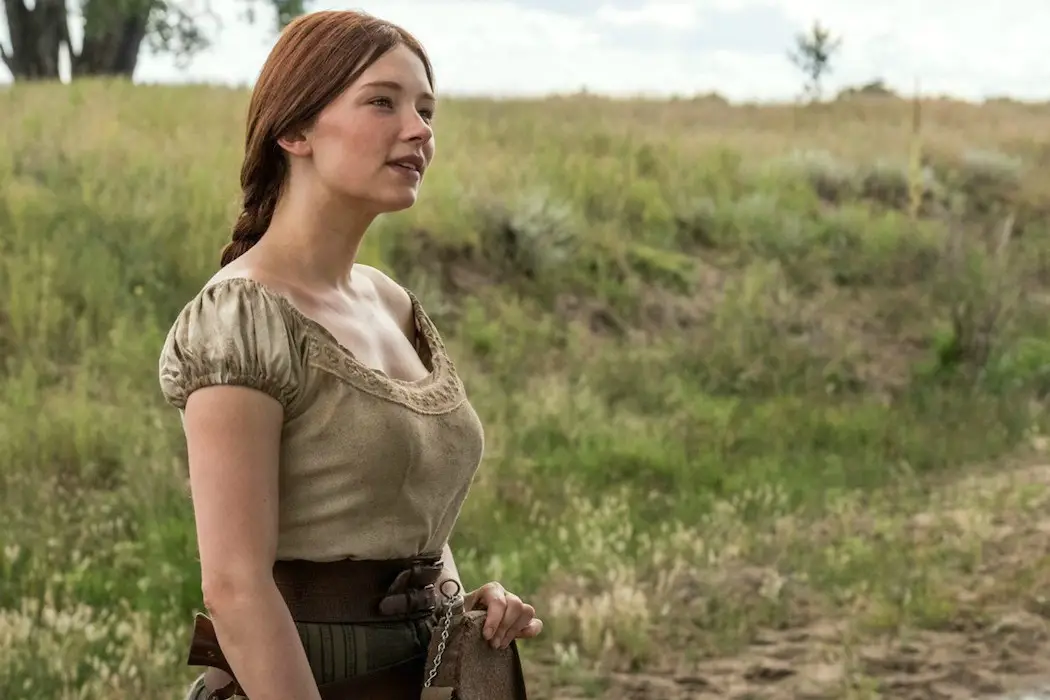
Westerns are the one genre I’ve never really gotten along with. I’ll watch a good one, and I have watched a number of classics, but it’s a genre that’s never particularly resonated with me. My father is a big fan of them, as are some good friends of mine, so this summer I made the decision to just try hard to find something I liked (other than Rio Bravo).
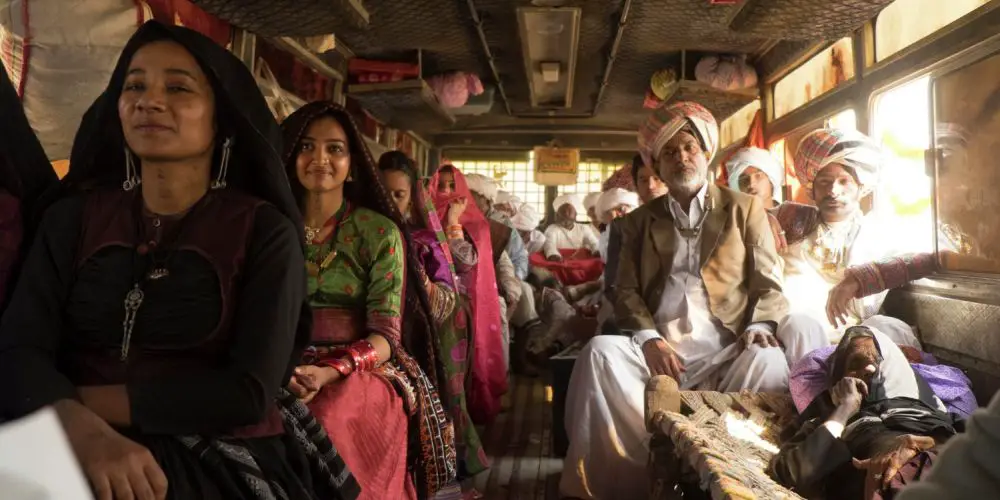
In the beautiful desert landscape of Gujarat, India, director Leena Yadav introduces us to a world of friendship, suffering and heartbreak within a story of four women, trying their best to overcome their individual struggles. Parched explores the ideas of tradition, culture and misogyny in the heart of rural India but with a compelling characters and strong friendships that feel universal to us all. Tradition & Culture The story centers around four women:
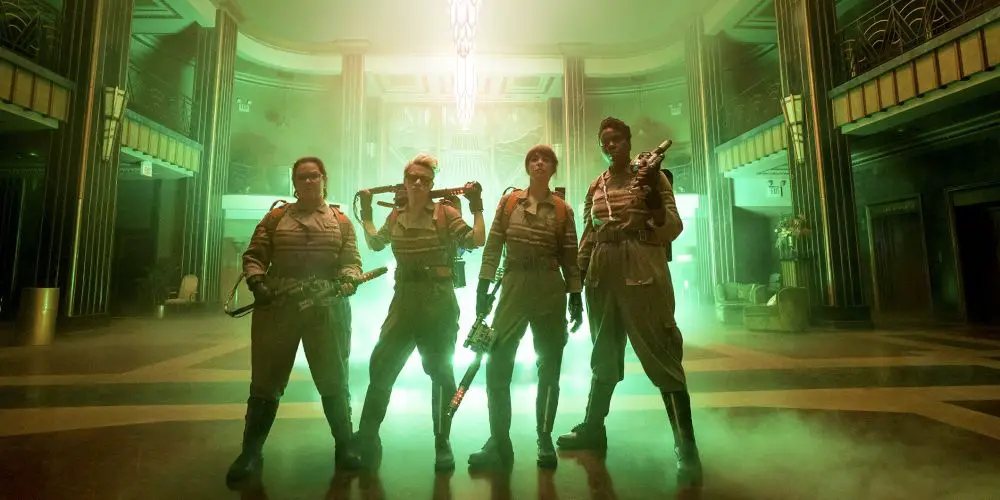
It would be to put it lightly that this film’s reputation preceeded it. After years of people theorising about another sequel to Ghostbusters (1984), naively deciding to overlook the fact that Bill Murray didn’t want to work with Harold Ramis again, and Ramis’ recent death, a new film was announced. The only problem was that noted comedy director Paul Feig was put in charge.
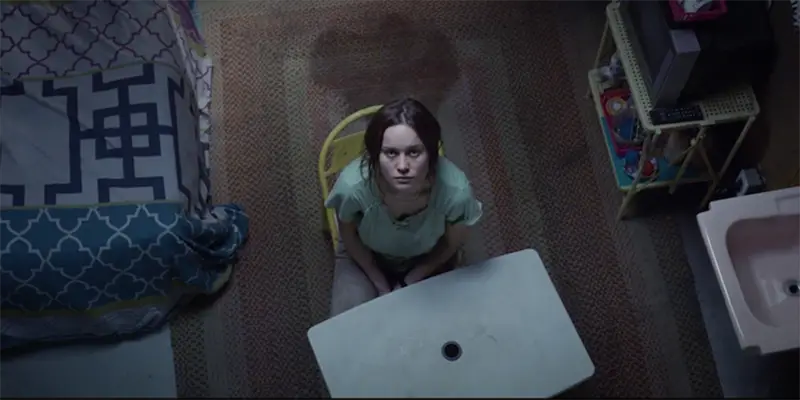
Because the Internet can take a person virtually anywhere in the world and provide potentially infinite vats of knowledge, raising children in a dictatorial environment nowadays seems more ridiculous than ever. The mechanics of detaining an adult with an existing awareness of the outside world is even more bewildering, because chances are they’ve read about the Josef Fritzl case and have at least some idea of how to escape. Alas, cinema, ever the portrayer of such cultural terrors, has provided startling means with which to explore such a phenomenon.
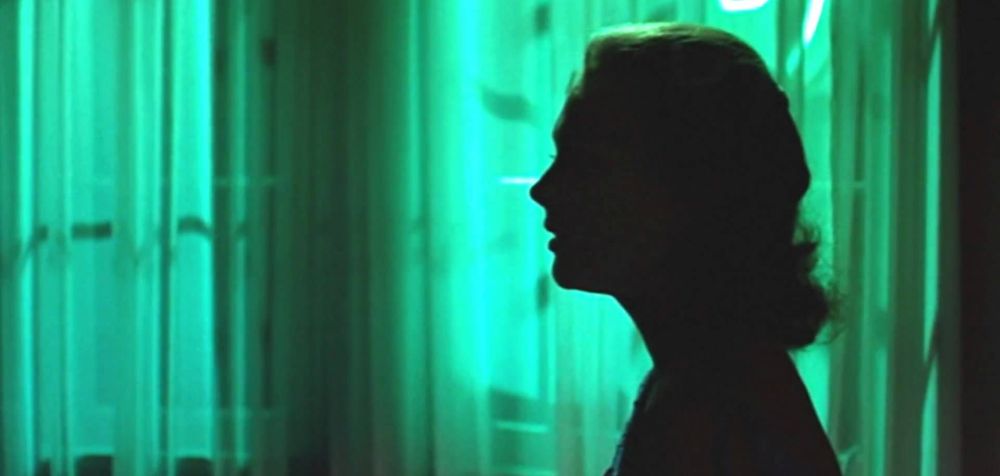
Sexism in film has been a topic of discussion since the rise of feminism, and in particular, since Laura Mulvey’s 1970’s research into ‘the male gaze’ in cinema. Fortunately, modern films are slowly but surely making a conscious effort to break down stereotypical gender roles and tired one-dimensional characters, but when it comes to the classics, many of the limited and restricted archetypes we try to move away from today are showcased in these films. This year, Alfred Hitchc*ck’s mystery thriller Vertigo was voted the greatest film of all time by a BFI poll.
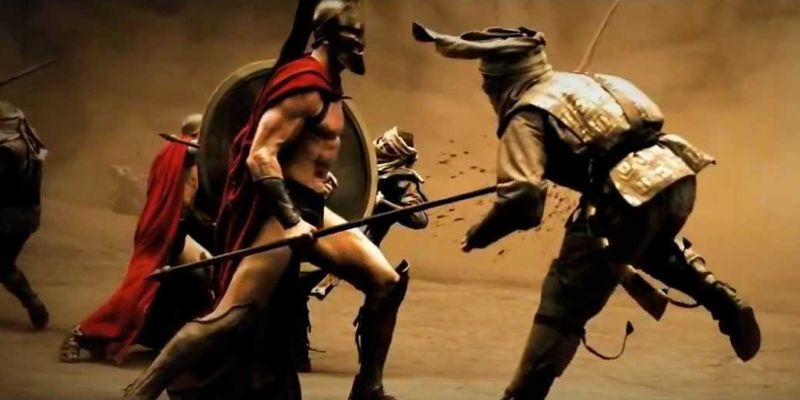
It has been five weeks since Batman Vs. Superman debuted at cinemas worldwide to a gargantuan opening weekend, followed immediately by toxic word of mouth that has caused the film to fade into irrelevancy even as it is still playing in theatres. The fact it could have potentially derailed Warner Bros.

There has been a historical frequency in film for older men to be depicted in romantic relationships with younger, sometimes much younger, women. This article seeks to examine whether this propensity for older men to be paired with younger women on-screen can reveal something of mainstream cinema’s and, by extension, western culture’s attitudes towards older women, sex and romance. Might more contemporary examples featuring fresh approaches to the age gap be leading us down a new path, featuring a wider range of romantic perspectives?
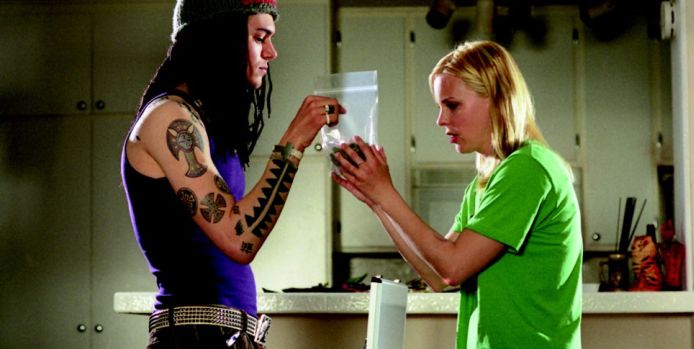
Stoner movies aren’t really the best education on weed culture, I’ll be honest with you. If you learnt everything about toking up from watching comedies like Pineapple Express (2008) and This is the End (2013), you know that men like to get really high. They roll up joints and blunts, take plenty of hits on bongs and bowls, and order in family-size pizzas.
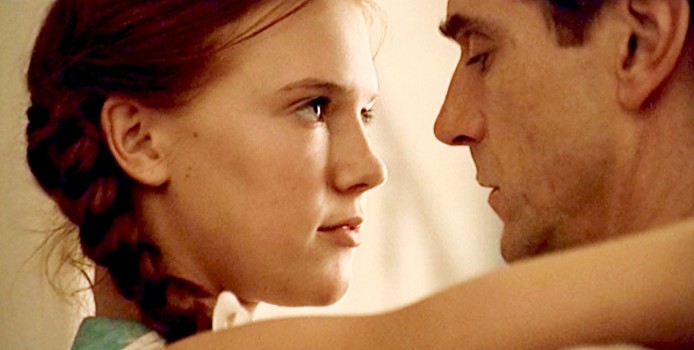
In cinema, age-gap relationships have been forever on display, from Humphrey Bogart and Lauren Bacall to those seen throughout Woody Allen’s cinematic adventures (including his most recent Magic in the Moonlight). The age-gap relationship often takes the form of an older man and a younger girl, though there are the exceptions (take a look at The Graduate). Aside from the problematic conventions of the leading men ageing and the women remaining youthful in looks and spirit, the age-gap film poses questions about sexuality that mainstream Hollywood often shies away from.
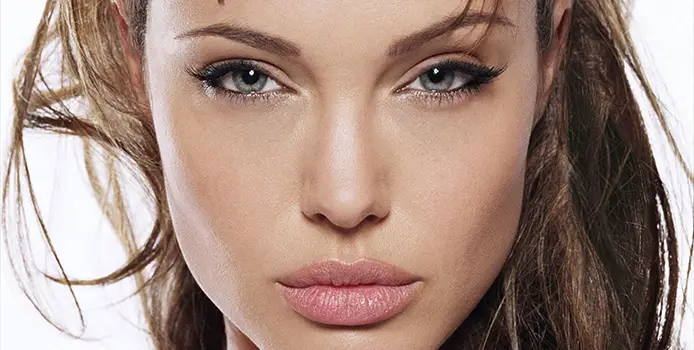
The New York Film Academy have kindly asked for Film Inquiry to discuss and respond to their new infographics. With one of their topics being on gender inequality in cinema (seen below and also found here), I was instantly drawn to writing this article because the issue is very close to my heart, alongside the fact that I would like to go into the cinematic industry when I am older. Will my gender affect my chances of having a job in this male-dominated industry?
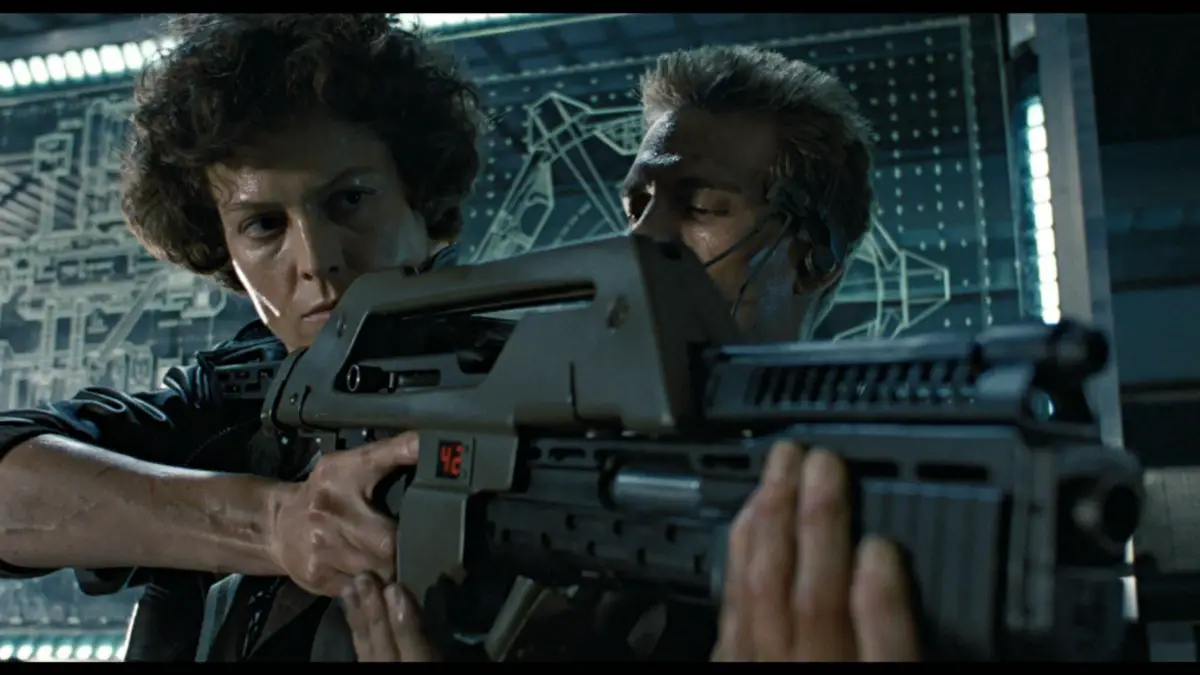
For as long as film has been made, it has been dominated by men, both in its making and on the screen itself. In the beginning we could’ve blamed this inequality on the views of the day. Then we could have blamed it on a societal hangover; views on women as equal to men had only recently changed, and representations hadn’t quite caught up.


